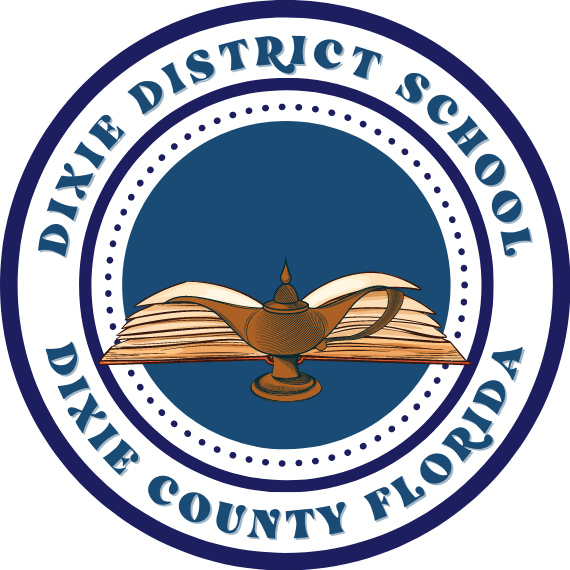CHAPTER 8.00 - AUXILIARY SERVICES
8.13 Student Transportation
POLICY:
The Board shall provide transportation for every student who should attend school and who lives more than a reasonable walking distance from the school to which he is assigned. A reasonable walking distance shall be defined as two (2) miles from the school by the nearest traveled route.
(1) Exceptions may be made in the case where a child is handicapped or when it has been determined that the nearest route taken will be extremely unsafe for the child to walk due to the traffic, natural hazards, or other peculiar circumstance.
(2) Determination of such unsafe conditions shall be the responsibility of the Superintendent upon the consideration of findings of the supervisor of transportation in cooperation with the bus operator, and recommendations of school administration, law enforcement agencies, or local safety groups.
(3) When it is impractical to provide bus transportation for reasons of isolation from regular school bus routes to the school of assignment, a parent, aide, or other person transporting the student may be authorized by the Board to be reimbursed at the rate provided by law.
(4) Eligibility of Students - Any pupil who resides more than a reasonable walking distance from the nearest appropriate school and students who are subject to hazardous walking conditions and whose grade level does not exceed grade 6 is eligible to ride a district school bus to and from school. The student shall board the bus at the stop designated which is nearest his home and may not enter or leave at any other except in case of emergency; provided that any exception shall be approved in writing by the school principal on request of the parent or guardian.
(a) Handicapped children not requiring special care may ride a school bus regardless of distance upon furnishing a certificate from a physician stating that the child is handicapped and unable to walk to school.
(b) Elementary, junior and senior high school students may be transported separately when practical. Bus routes will provide safe economical transportation. Special runs shall not be provided without approval of the School Board.
(c) Routes shall be scheduled along regularly maintained weather highways in such a manner as to utilize the maximum time, distance, and number of pupils transported. All-weather roads are defined as:
1. Hard-surfaced construction regularly maintained; bituminous pavement, packed clay or limerock and similar construction.
2. Twenty (20) feet in width.
3. Adequate shoulder clearance under all weather conditions.
4. Free from obstruction or bridges having a capacity inadequate to support the capacity of the bus when loaded.
(d) Bus stops may be designated in a congested area when as many as twenty (20) pupils are to be transported and stops can be made safely. No bus stops are to be scheduled less than one-fourth (1/4) mile apart except in special cases for safety reasons when recommended by the director of transportation. A deviation in a school bus route may be made by the director of transportation where necessary.
1. A bus may be directed on a circuitous route to take stops off four-lane or the heaviest traveled highways or at the end of the bus route when recommended by the director of transportation and the Superintendent and approved by the Board. Road conditions must meet Board standards.
(e) The Board will transport children attending the public schools of the district within the limits of the law. Each bus shall maintain a schedule of stops and the driver shall not leave a stop prior to the time posted
(5) Periodically student transportation routes and student walking conditions shall be reviewed to determine if hazardous conditions exist. Appropriate requests for designation of hazardous conditions shall be provided as required by state law or State Board of Education rules.
STATUTORY AUTHORITY : 1001.41(1)(2), F.S.
LAWS IMPLEMENTED: 1006.21; 1011.68, F.S.
STATE BOARD OF EDUCATION RULE: 6A-3.001; 6A-3.017
HISTORY: Adopted: January 14, 1999
Revision Date(s): October 9, 2001; August 14, 2007
Formerly:

Located in Cross City, Florida
Contact
Main Number
(352)541-6250
Superintendent’s Office
(352)541-6231
Digitally Designed by BramJam, LLC

